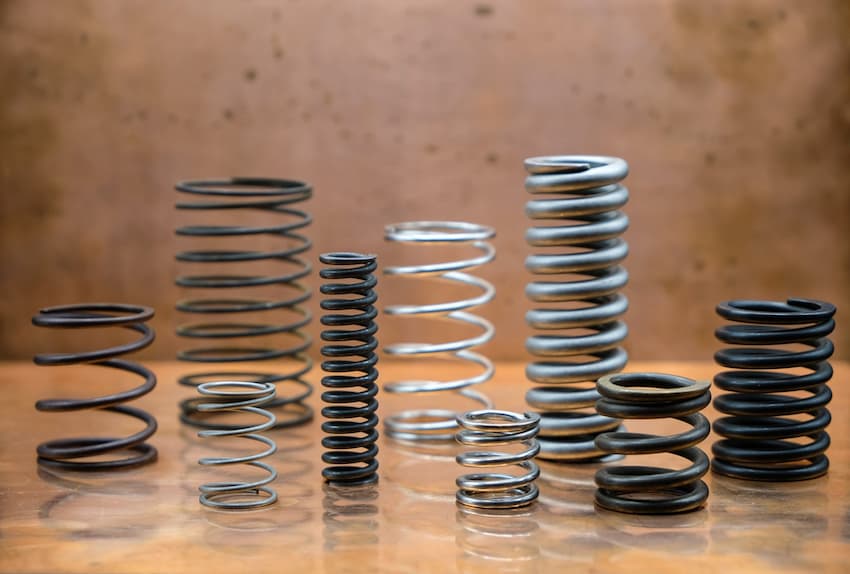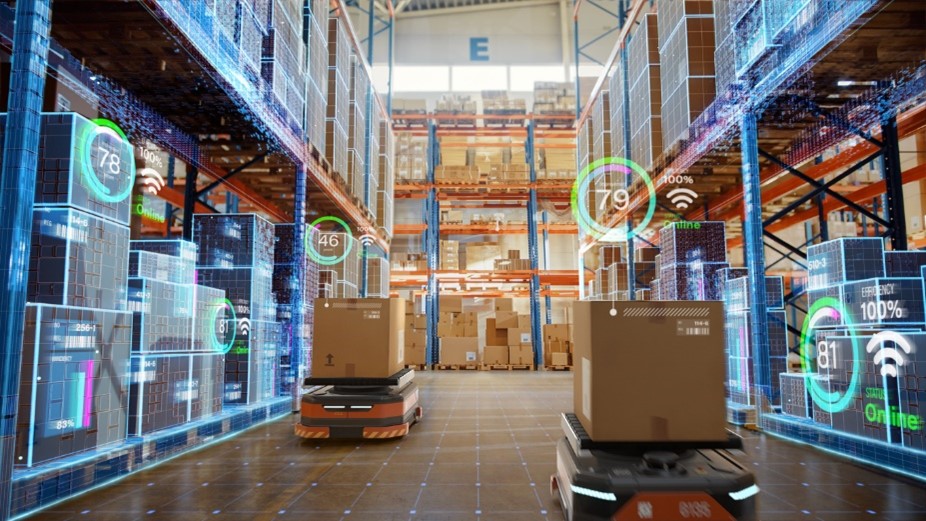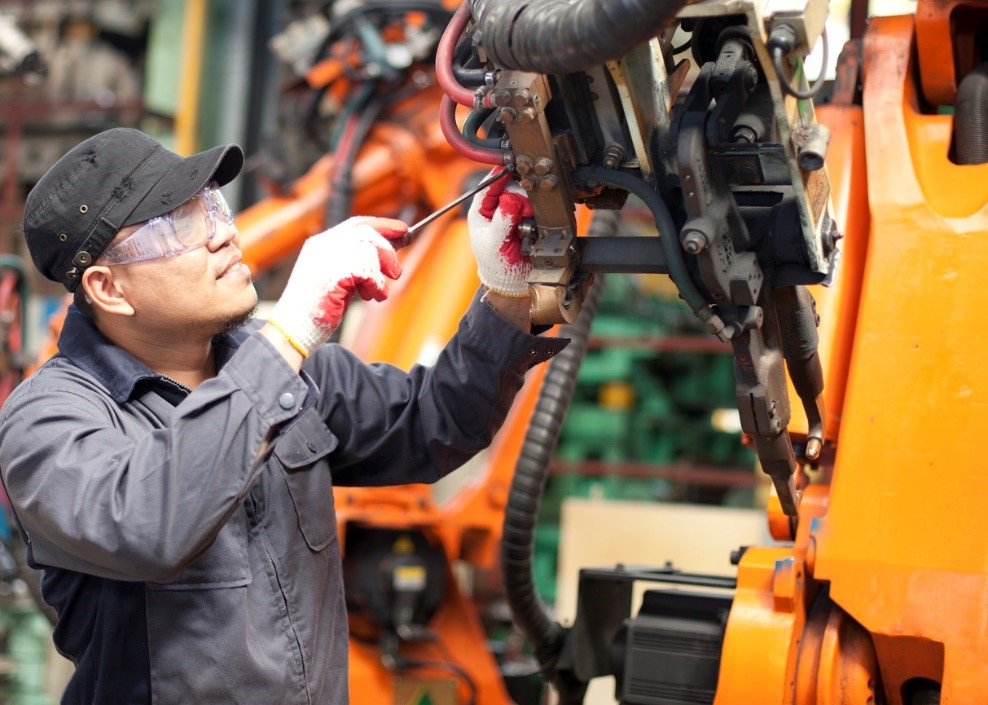At European Springs IE, we acknowledge the importance of keeping your finger on the pulse of all recent developments in the future of spring and pressing manufacturing. Whether you are a manufacturing business owner, a novice in an apprenticeship, or a professional with a unique connection to the industry, having updated insights is essential.
Over the past few decades, the global manufacturing landscape has undergone a transformation owing to a range of factors, such as remarkable technological advancements, the impactful realities of climate change, and the intricate dynamics of geopolitical tensions. As a result, the contemporary manufacturing landscape stands as a testament to the intricate interplay of these forces, shaping the industry’s trajectory and heralding a new era of adaptability and resilience.
In this blog, we want to explore, sum up, and present a comprehensive update on the latest news, upcoming developments, and latest trends in the industry. We have all the information you need to stay ahead of the curve and succeed in this ever-changing landscape. So, let’s get started.
The Rise of Industry 4.0 in Optimisation and Manufacturing Resilience
In the ever-evolving landscape of manufacturing, there is a growing reliance on digital tools, such as cloud computing and automation.
Industry 4.0, also known as the fourth industrial revolution, is playing a crucial role in this, profoundly transforming every sector, including pressing technology. The current trends in this field are uniting with the concepts of Industry 4.0, where increased flexibility, high-speed operations, and autonomous functions are the major change influencers.
High-speed operations, in particular, offer the advantage of higher production rates, translating into improved go-to-market times. Besides, high-speed processes enhance production efficiency, thereby reducing costs and improving the bottom line. This makes companies operating in this sector more competitive, thus gaining increased market share.
Aside from reducing running costs, it has become clearer and clearer that automation tools are proving increasingly useful in helping manufacturers add operational resilience to production processes, such as managing labour and minimising errors. We can then conclude that, overall, investing in automation has become a priority for businesses when preparing strategies in case of a recession, as it will help them protect themselves against the many challenges facing the manufacturing industry.
The Role of Sustainability in the Manufacturing of Springs and Pressings
Sustainability has become the focus of many conversations and debates across pretty much all industries, including the manufacturing sector, where it has become paramount to ensure that growth and progress are sustainable both economically and environmentally.
In the manufacturing of springs and pressings, sustainability involves adopting practices that prioritise environmental responsibility, social considerations, and economic viability. In recent years, spring manufacturers have been increasingly recognising the importance of sustainable practices and have integrated them into their business strategies to mitigate environmental impact, comply with regulations, and meet the growing demand for eco-friendly products to create a more sustainable and resilient industry.
The main key aspects of sustainability that emerged in the manufacturing of springs and pressings involve the following:
- Materials Selection: sustainable manufacturing begins with exploring and adopting materials with lower environmental footprints, like using recycled metals or materials that are easier to recycle after the end of the product’s life cycle.
- Energy Efficiency: implementing energy-efficient technologies and processes is crucial for reducing the environmental impact of manufacturing operations.
- Waste Reduction and Recycling: minimising waste and adopting recycling practices for both post-production and post-consumer waste are integral to sustainable manufacturing.
- Emissions Reduction: addressing and minimising emissions, including greenhouse gas emissions, is a key focus in sustainable manufacturing by adopting cleaner technologies, process optimisation, and offsetting carbon emissions through initiatives such as carbon credits.
- Compliance and Certifications: manufacturers are increasingly adhering to environmental regulations and obtaining certifications that validate their commitment to sustainability. Certifications such as ISO 14001 for environmental management or specific industry-related certifications can demonstrate a company’s dedication to sustainable practices.
 The Increasing High-Speed Precision Presses Demand
The Increasing High-Speed Precision Presses Demand
The manufacturing industry is currently witnessing an increasing demand for high-speed precision press technology, driven by a multitude of factors. As industries such as automotive, aerospace, and electronics continue to grow, so does their need for intricate components such as springs and pressings. From smaller, more delicate springs in electronic devices to large ones used in heavy machinery, these essential components play a crucial role in the overall performance of many products.
One significant reason behind this surge in demand is the push for higher production output and shorter lead times, which has placed a strong emphasis on efficiency within the manufacturing sector. The rise in productivity requirements has led many manufacturers to seek out high-speed precision presses capable of maintaining speed without compromising on quality. With innovations in spring and press manufacturing technologies, high-speed presses are now able to churn out millions of components per hour, meeting the stringent requirements of modern industries. The need for accuracy in these industries cannot be overemphasised, as even the slightest discrepancies in spring dimensions or pressings may lead to faulty products.
Product design is another critical factor influencing the growth in high-speed precision press demand. The adoption of lighter and more compact materials in products, such as smartphones, electric vehicles, and aircraft, has spurred the need for advanced manufacturing processes. Springs and pressings must now be manufactured with increased precision and tighter tolerances to meet these rigorous design requirements. Thanks to advanced automation and enhanced manufacturing processes, high-speed precision presses can now create these components with unrivalled accuracy and extreme repeatability.
FABTECH 2023
FABTECH is a prominent, dynamic, and influential trade show held overseas where the manufacturing community converges to witness the latest advancements, share expertise, and collectively navigate the ever-changing landscape of metal forming, fabricating, welding, and finishing. Its importance is not limited to the US market only but it is international, as every year, manufacturers from all over the world showcase their latest technologies and equipment. During the event, they make sure to seize the opportunity to engage with industry professionals and stay at the forefront of market trends.
Given the rapidly evolving nature of the industry, this year’s FABTECH, held in Orlando, highlighted many of the themes we touched on earlier, such as digitalisation, sustainability, automation, and the integration of smart technologies. Worldwide exhibitors presented their latest innovative solutions that not only enhance productivity and precision but also align with global trends towards environmental responsibility and resource efficiency.
FABETCH 2023 was overall a success and served as an invaluable forum for industry professionals filled with interactive exhibits, live demonstrations, and insightful discussions that delved into the forefront of metalworking technologies.
Stay Updated With European Springs IE
It looks like the future of spring and pressing manufacturing is nothing short of exciting. As we move further into the era of Industry 4.0, businesses must prioritise efficiency, resilience, and sustainability in their operations to stay competitive. The rise of high-speed precision presses and the increasing importance of sustainable practices prove that the industry is more than ready to rise to these challenges.
At European Springs IE, we remain committed to bringing you the latest developments and insights into this exciting and rapidly evolving industry. Stay tuned with us to keep updated with the latest industry news, trends, and updates. As always, we strive to keep you ahead of the curve and equipped to navigate successfully through the dynamic landscape of spring and pressing manufacturing.



 The Increasing High-Speed Precision Presses Demand
The Increasing High-Speed Precision Presses Demand

















